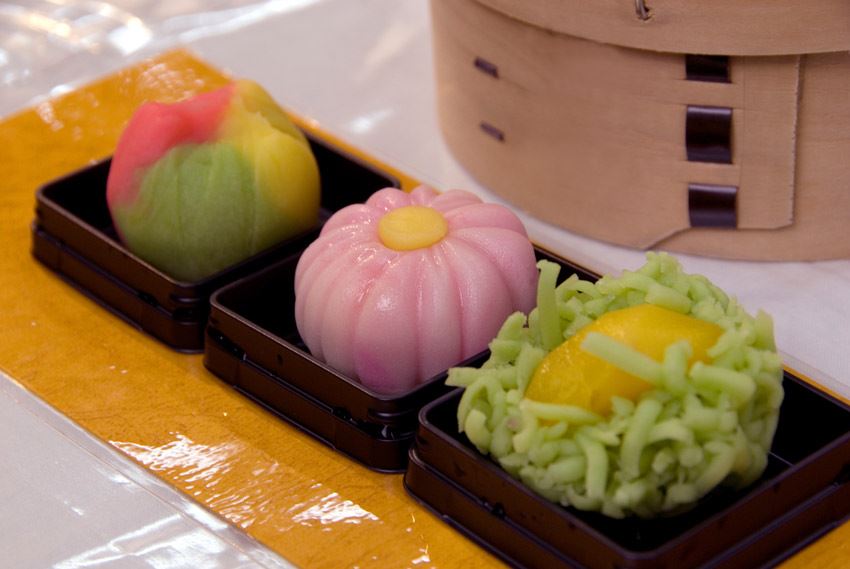The little Kyoto in Japan
Kanazawa (金沢)—the “Little Kyoto” of the Hokuriku region. With its atmospheric streets, the area is very popular with Japanese people, and is a famous tourist destination. What’s more, with the opening of the Hokuriku Shinkansen (北陸新幹線) in March 2015, it now takes just two hours and 28 minutes to travel from Tokyo to Kanazawa! You could even pull off a day trip there!

The best art in front of the Kanazawa Station
I’m going to start by introducing JR Kanazawa Station, which is where the Shinkansen arrives. The station was renovated in line with the opening of the Hokuriku Shinkansen, and its glass-paneled arched ceiling—known as the “Motenashi Dome” (hospitality dome)—is like a work of art! What’s more, standing grandly at its entrance is a vermillion-lacquered, drum-shaped tuzumimon gate that really gives a sense of Japanese tradition. At night the Motenashi Dome is illuminated, giving it a completely different feel.

Kenrokuen is one of the 3 best gardens in Japan
No sightseeing trip to Kanazawa is complete without a visit to Kenrokuen (兼六園), a Japanese landscape garden created for the Kaga clan (加賀藩), who ruled over this area during the Edo era (1603-1868.) Together with Kairakuen in Mito and Kourakuen in Okuyama, it is known across Japan as one of the country’s three great gardens. Situated in the center of Kanazawa City, the garden is beautiful in a different way during each of the four seasons, but is particularly renowned for its snowy winter landscapes.

A street with old tea houses
During the Edo era, the Kaga clan gathered up all the chaya (“tea houses” where geisha worked) in the castle town and moved them to the newly-created Higashi Chaya-gai (ひがし茶屋街), which flourished as a red-light district comparable to Gion in Kyoto. There are still chaya here today, but many of the original buildings have been converted into restaurants or cafes, making them easy for tourists to visit.

The Omisho fish market
If you want to enjoy the abundant marine produce of the Sea of Japan, head to Omicho Market! The array of seafood here is overwhelming—crabs, lobster, large fish... What’s more, tourists are made very welcome here, and what’s really fun about the market is that you can eat at lots of the stalls—make sure to try out the sushi and sashimi as you walk around! As well as seafood, there are also unique vegetables known as Kaga-yasai on sale, and it’s interesting enough just walking around looking at everything.

The most unique art museum in Japan
One other tourist spot that I have to mention is the 21st Century Museum of Contemporary Art, Kanazawa. Situated in the center of Kanazawa City, it has a collection of modern art on display, and was created around the concept of a “museum open to the city like a park.” The museum is divided into a paid “Exhibition Zone” and a free “Public Zone.” Shown in the photo is Leandro Erlich’s “Swimming Pool,” which can be viewed from either above or below the surface of the pool.

The Wagashi (Japanese confectionery) culture
The Kaga clan popularized the tea ceremony during the Edo era, and the city of Kanazawa is therefore famed for its confectionery. Apparently, Kanazawa boasts the greatest consumption of fresh Japanese sweets in all of Japan. There’s a lot of traditional Japanese confectionery to be found here—one particularly famous example is fuku-ume, which are modelled after ume (Chinese plums) and are very evocative of the new year’s period. What’s more, there are even Japanese confectionery-making sessions taught by veteran confectioners.
Kanazawa is now easier than ever to get to, and more popular than ever. If you’re traveling to Japan, make sure to take a trip there!






Comments